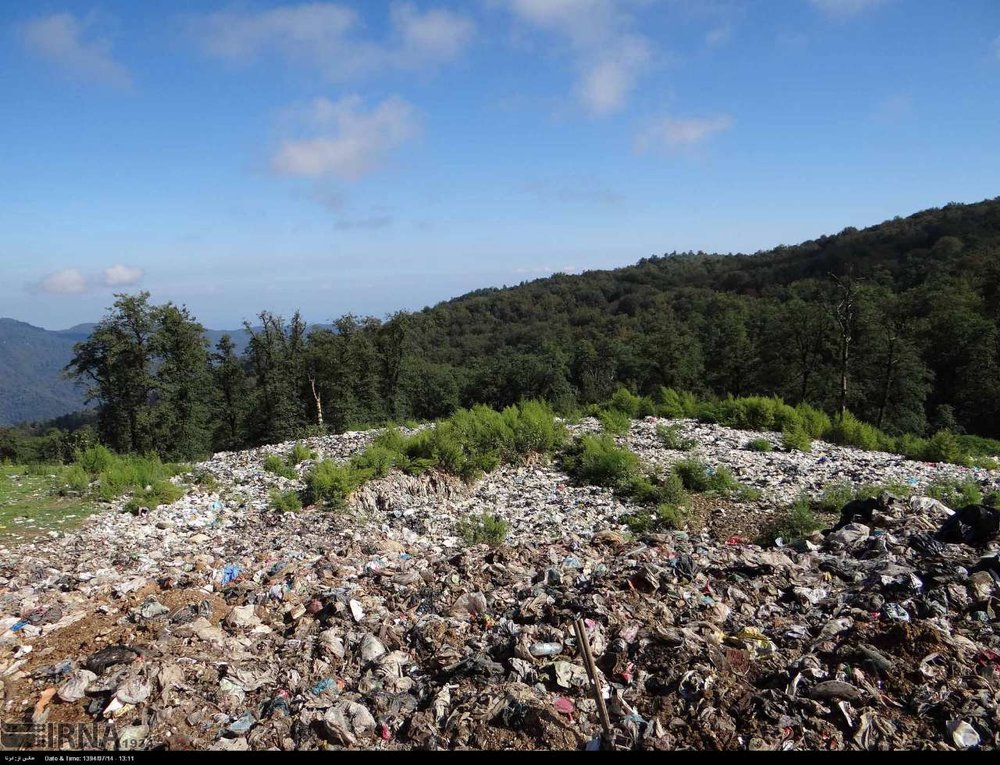Mazandaran generates 3,000 tons of waste per day

TEHRAN — Some 3,000 tons of waste is generated every day in the northern province of Mazandaran and is buried in unsanitary landfills, head of the provincial department of environment has said.
There are 27 unsanitary landfill sites in the province which are posing various threats to the region, Hosseinali Ebrahimi said, YJC reported on Friday.
The province is a tourist attraction and this is one of the underlying reasons behind high waste generation in the area, Ebrahimi explained, adding that this entails generous budget allocation in order to implement the waste management strategies and segregating waste at source.
He further criticized the municipalities that lack management skill to address the issue as waste generation has polluted rivers and forests in the area and endangered the biodiversity.
In a study titled “a comparative evaluation of municipal solid waste landfill sites in northern Iran” conducted by Department of Environmental Science, Faculty of Environment and Energy, Tehran Science and Research Branch, Islamic Azad University, Tehran University of Medical Sciences, School of Public Health, and Department of Forestry, Faculty of Natural Resources, Tarbiat Modares University, Noor, Iran it is stated that open-air waste burning, open-pit dumping and unsafe disposal considerations are common procedures in Mazandaran province which can result in irreparable damages in the environment and also on society health.
The study continues that some land degradations caused by landfills have been previously reported, for instance, the impacts of landfills on soil quality. It has been shown that the leachate from landfills contribute to soil degradation. The important environmental problems affiliated with open dumps are the infiltration and ground water pollution and the subsequent contamination of the land. The leachate from municipal solid waste (MSW) landfills is a chemical compound. Therefore, small amounts of leachate can pollute soil which can contaminate a large amount of groundwater.
For example, leachate changes the nitrate level of soil. Nitrates are easily transported with water and therefore it pollutes surface and subsurface waters. Uncontrolled waste incineration resulted from the degradation process is one of the other important issues in the open dumping sites.
MQ/MG
Leave a Comment